As the largest health care facility in Hamilton, Ont., the McMaster University Medical Centre (MUMC) is a 365-bed hospital that services hundreds of thousands of residents in the far west end of the Greater Toronto Area. Its adult outpatient, women’s health and pediatric care units form a vital component of the local acute care and health sciences infrastructure. Facility down-time is not an option and full compliance with occupational health and safety legislation—including provincial noise ordinances—is an essential aspect of the institution’s operations, not to mention a requirement in order to prevent fines, legal action or operational disruptions.
In that context, Parklane was contacted by Hamilton Health Sciences (HHS) in 2014 to provide retrofit sound attenuation to one of the ventilation shafts at the MUMC facility. The acoustical consultant engaged on the project referred HHS to Parklane after a noise control solution installed by a previous service provider failed to meet acoustical performance standards. To complicate matters further, the supplier that provided the components failed to adhere to performance guarantee obligations, leaving the hospital with the same noise emission issues, but with no service provider to address them.
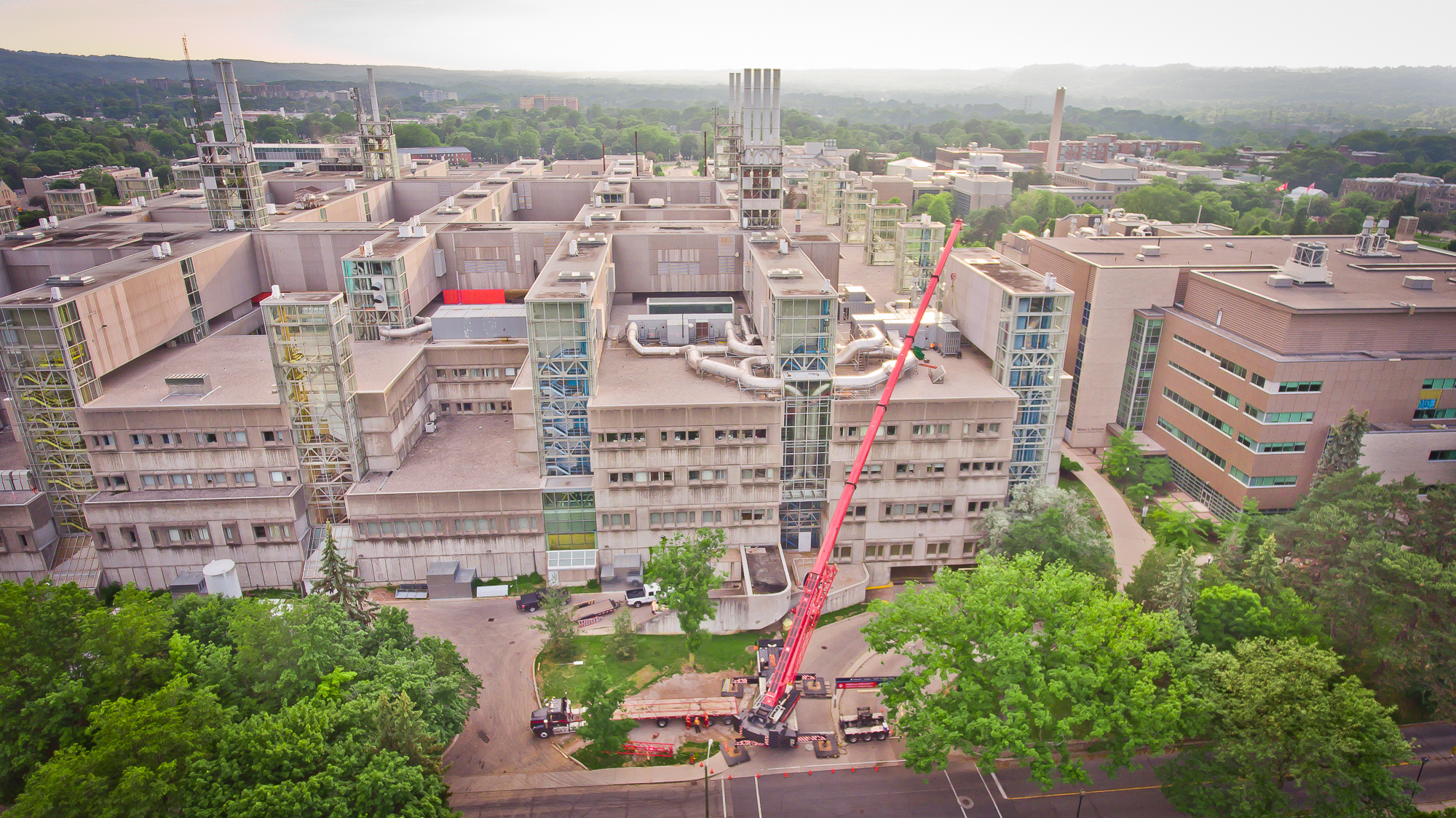
In collaboration with the acoustical consultant, our team set out to work to tackle the problem and ensure that healthcare professionals at MUMC could continue delivering their life-saving work.
The challenge
Although a relatively small project at first, the retrofit attenuation project was highly complex. The reason: MUMC was originally completed in 1969, a time when asbestos was commonly employed as the primary means of fire-proofing in everything from residential to institutional settings. Though MUMC had undergone extensive containment and removal of the substance, work within the facility still required adherence to stringent asbestos management protocols throughout the course of the project. Our team had to be fully trained and certified to work within the ventilation shafts, including stringent PPE and disposal protocols. The hospital also had limited timelines when construction activity could be completed, because the installation required the temporary shutdown of air supply to some of the operating rooms.
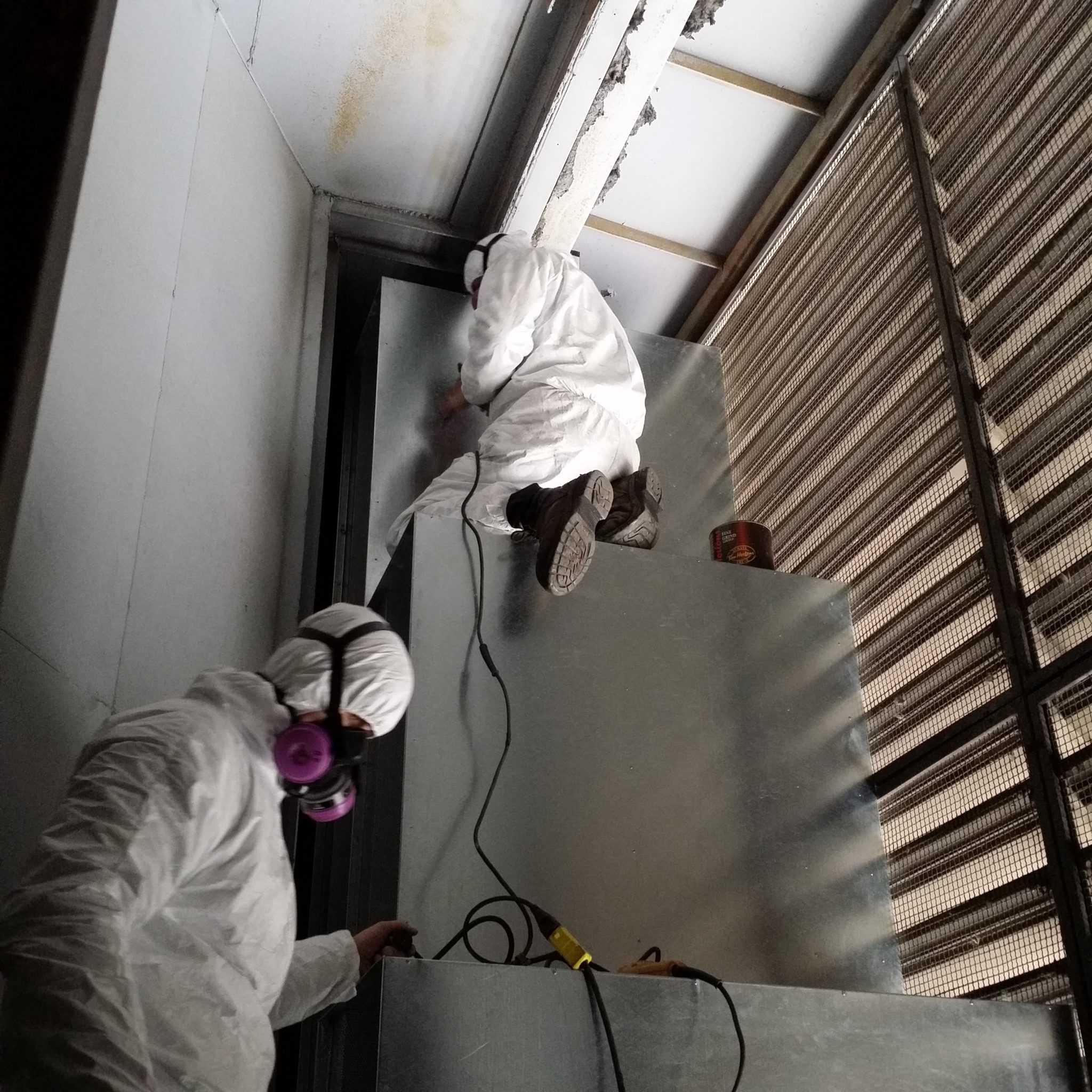
Our team successfully mitigated the first ventilation shaft without any disruption to the facility’s operation. Relieved that the issue was finally addressed and impressed with our work, hospital administrators then commissioned Parklane to work with the hospital on a multi-year, multi-phased mitigation project to help bring the facility into complete site-wide compliance (under MOECC NPC-300 regulatory guidelines).
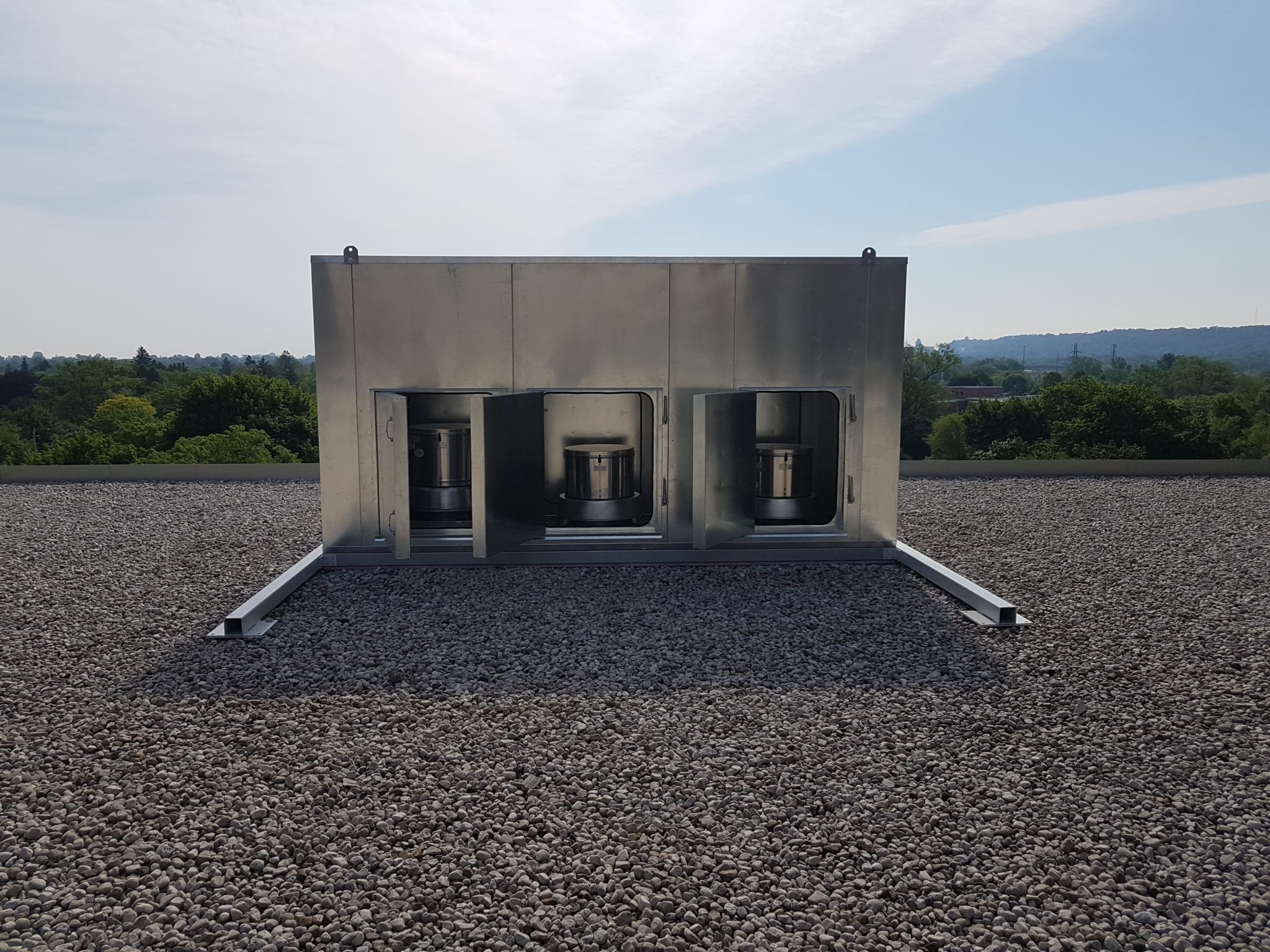
The small, contained attenuation project suddenly expanded into a far more complicated endeavour requiring our team to leverage its full agile engineering, solution design, manufacturing and installation expertise. The project would require the turnkey mitigation of more than 50 mechanical noise sources across the MUMC facility, including:
- Intake and exhaust ventilation shafts (at roof level)
- Underground garage ventilation shafts
- Custom makeup air units and remote condensing units
- Rooftop exhaust fans
- High plume laboratory exhaust fans
- Combustion exhaust for emergency standby generators
- Ground-mounted condensing units
Parklane worked closely with hospital maintenance and capital management staff to build out a program that optimized both the cost and timelines for overall implementation. Our engineers focused their efforts on full solution customization to adhere to the facility’s design constraints, which included:
- Aggressive acoustic performance requirements given the close proximity of surrounding residential neighbourhoods and university residences
- Stringent health and safety protocols, including full adherence to the facility’s asbestos abatement program
- Challenging structural constraints such as high-seismic loading criteria and ‘post-disaster building’ classifications
- Regular site congestion around one of the province’s busiest medical facilitates, which necessitated strict timelines for on-site construction and temporary system shutdowns
- Large noise control components installed deep into the roof that required large, 350-tonne cranes to be situated on site—but without impeding access to the facility
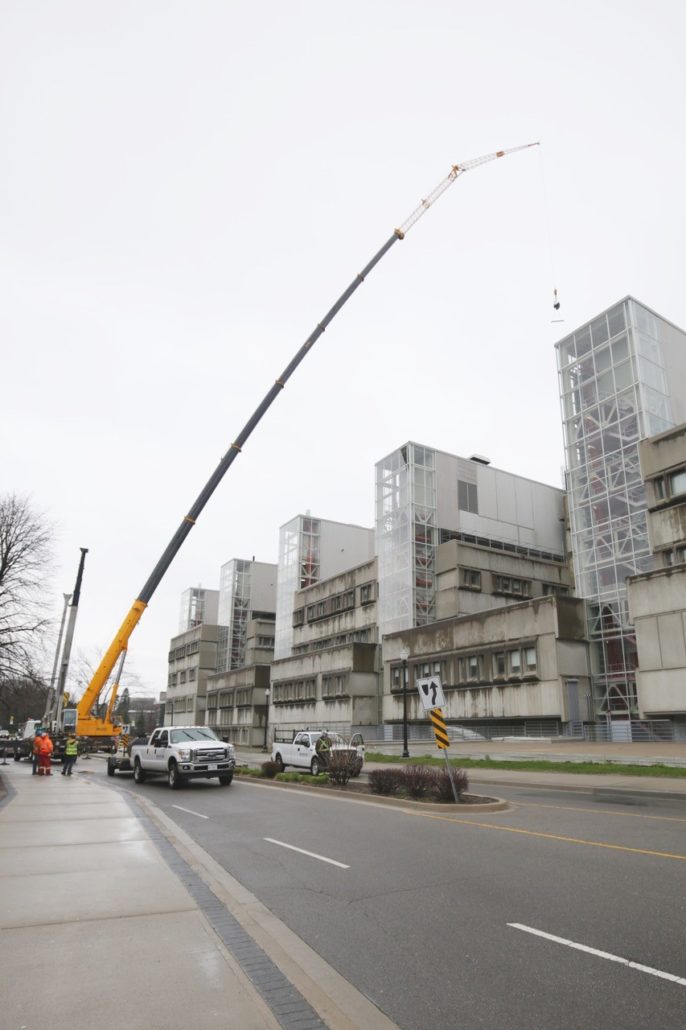
The Solution
After working with the acoustical consultant to identify the various mechanical noise sources, our engineering team developed a suite of customized solutions to address each challenge, taking an integrated approach to ensure that mitigation tactics employed in one area wouldn’t create negative downstream challenges requiring additional work.
To attenuate noise at roof level from the facility’s intake and exhaust ventilation shafts, for example, we installed PMA Rectangular Silencer Banks, while employing PMA Acoustic Air Houses to mitigate unwanted sound from the building’s underground garage ventilation shafts.
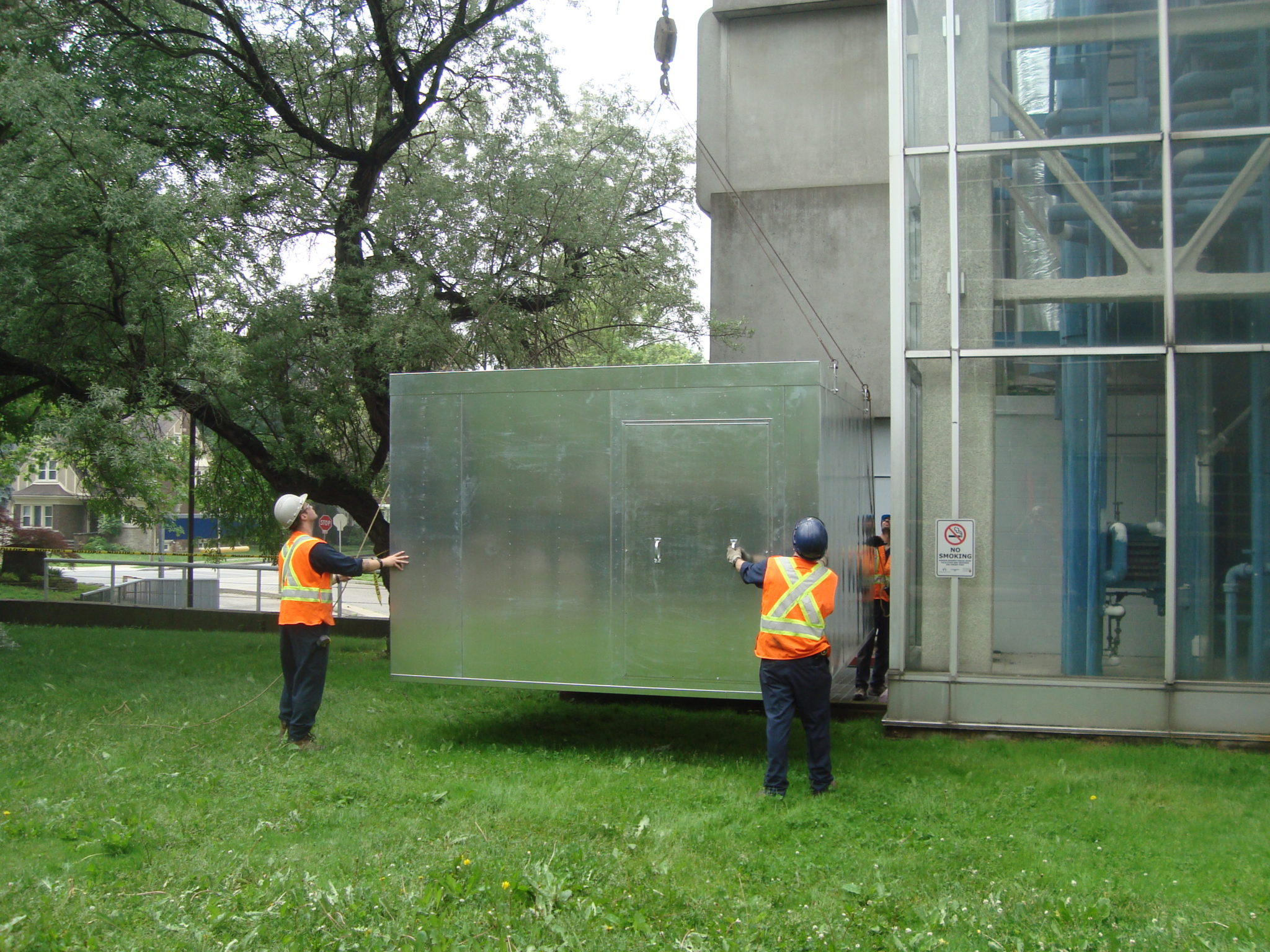
Addressing emissions from the rooftop custom make up air units and remote condensing units required the design, fabrication and installation of Parklane’s Modular Plenum Silencers—supported in a seismically rated framing system—along with PMA Plenum Silencer and AcoustaMod acoustic roof screen systems, respectively. Noisy rooftop exhaust fans were mitigated using a PMA GE Plenum Silencer with a non-penetrating framing system, while the facility’s high plume laboratory exhaust fans required the addition of PMA HP Inline Circular Silencers.
Lastly, we installed a hospital-grade muffler mounted in place with a customized structural support system to mitigate generator combustion exhaust tips at the highest point in the building.
The Result
In 2019, the hospital received confirmation from their acoustical consultant that all stationary noise sources were successfully mitigated. Facility operations were not disrupted to any significant degree and MUMC was able to continue serving its patient community without interruption, all while achieving compliance with provincial noise ordinances.
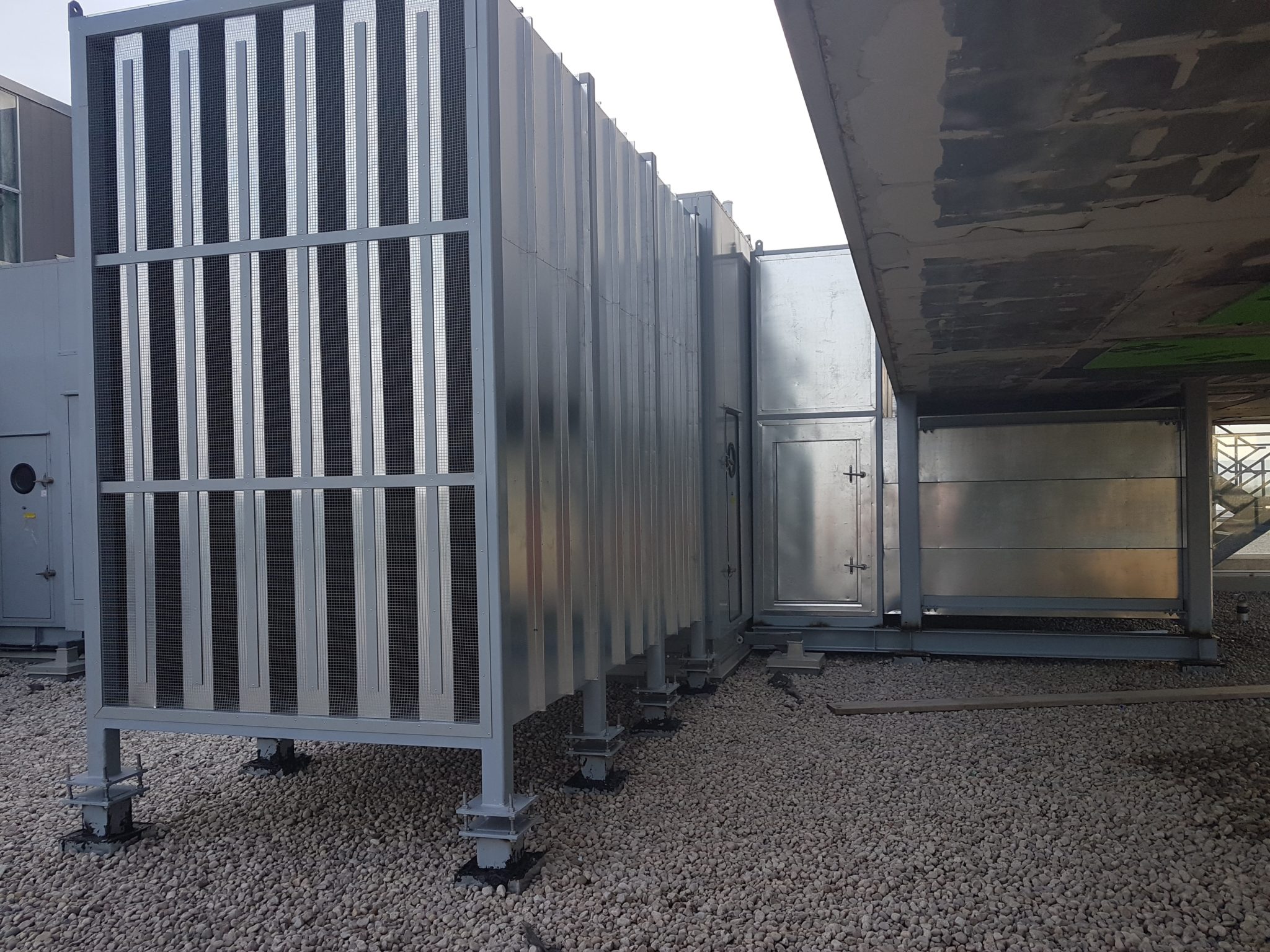
As Daniela Pavlich, construction manager at Hamilton Health Sciences, said of our work: “Hamilton Health Sciences retained Parklane to achieve the noise reduction required by the MOE Neighborhood Noise Complaint Issues. Parklane supplied and installed engineered noise controls at various sources at the MUMC site (1200 Main St. W, Hamilton, ON), as identified by the acoustic consultant. Compliance has been achieved at all source locations, and therefore, Parklane’s solutions have shown to exceed the required performance levels for each source. Parklane has worked proficiently within the confines of HHS protocols and has provided high value solutions to meet the facilities noise reduction requirements.”
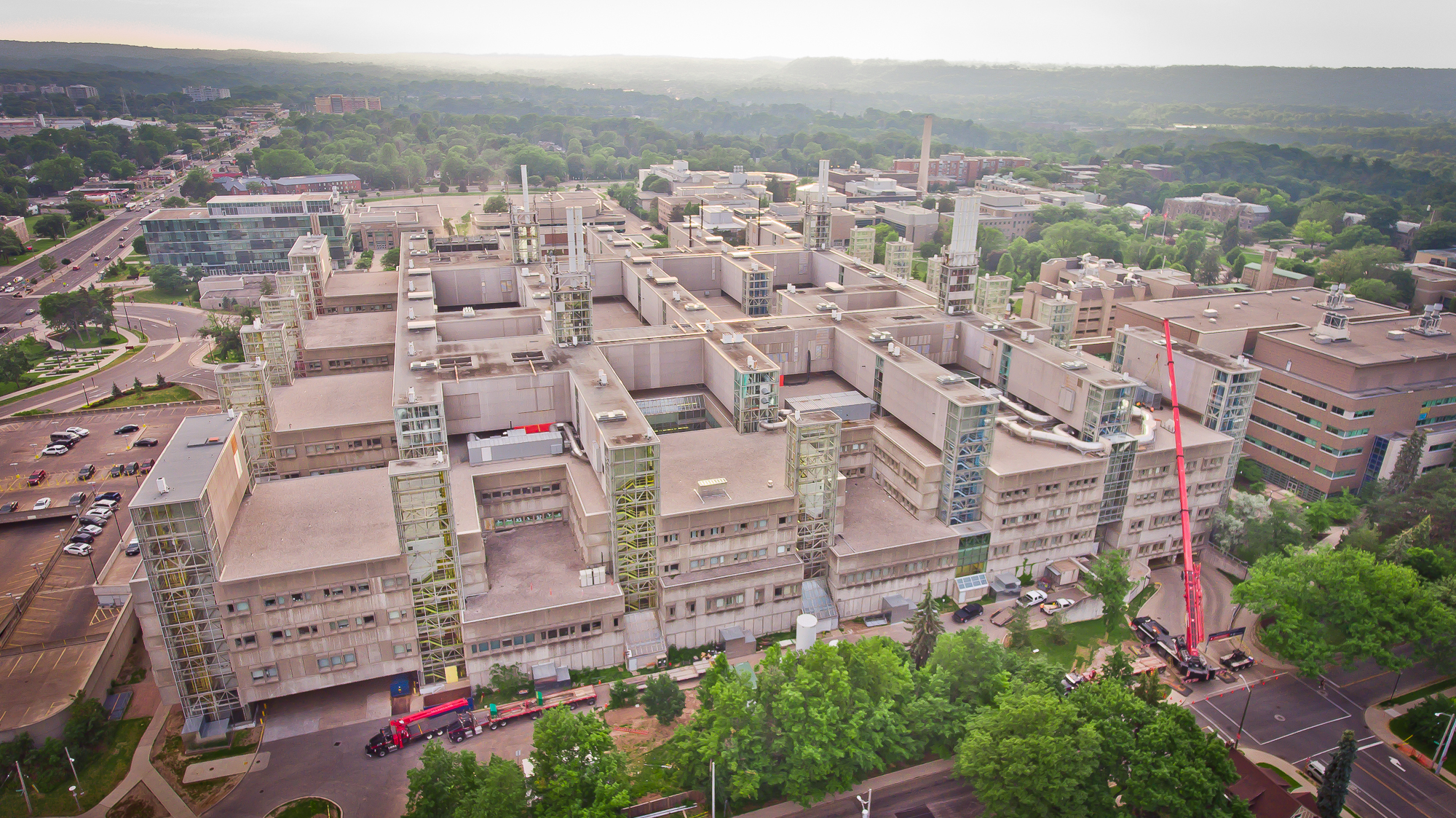
Parklane now works with the hospital on an ongoing basis to review any new or modified mechanical sources to ensure the hospital remains in compliance. It’s a great example of an experienced turnkey noise control-as-a-service supplier working with a major (mission critical) institution to address a range of highly-complex sound attenuation challenges.
The Parklane Team
For assistance with your institutional noise control challenges, contact a member of the Parklane team today.
